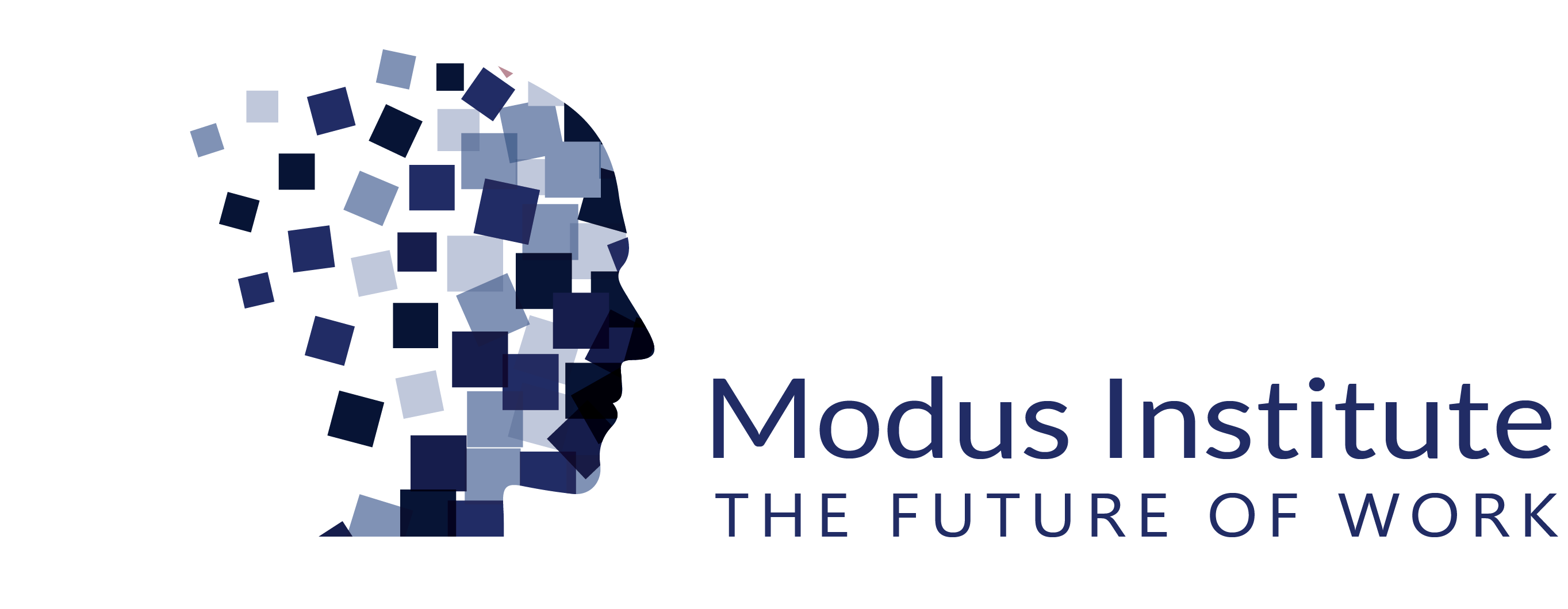At the core of any needs you wrote down is bound to be information. Communication is how information is transferred. Whether it is clarity of mission, definitions of current work, feedback from previous work, availability of other team members, disposition of colleagues, satisfaction of customers … it’s all information and that needs to be communicated.
Both Agile and Lean come pre-packed with good options for how and when to communicate. There are huddles, kaizen events, retrospectives, work grooming sessions, A3s, and so on. Lots of tools, predefined, sanctioned, and equally prone to success and failure.
In the post, 5 Lean Agile Lenses:
Introducing the System of Humane Management, I defined communication as:
Human beings and human enterprise run primarily on turning ideas into products. Digital or physical, service or commodity, craft or mass produced… they are products. This requires constant, caring, and creative conversations between producers, managers, designers, sellers, marketers, customers, regulators, funders, and so on. Almost nothing is produced alone. We are always collaborating, that requires timely information, alignment, and action.
So behind this lens of communication is all the information professional human beings require to assess the state of a product, the needs of the customers, the emotions of their teams, and the feedback required to know they are doing a good job and are valued personally.
I have seen precious few teams that understand that these needs exist, let alone that they should be planned for and met.
When we talk about communication as a lens, it means we are constantly focusing on these needs. Is our culture supportive not just emotionally, but do we back that up with getting people the information they need to be secure in their actions and decision making? Are we as a team hoarding, slowing, inhibiting information? Do we routinely feel that we are out of alignment or feeling lost? Do things surprise us that other team members knew? Are our customers happy with how we interpreted their needs?
The list of questions can be as long as the list of amazing things that people do every day.
Hate meetings? Bad news, companies run on them. The universal problem with meetings is that they tend to be push events. Information is pushed on people verbally. Generally in a way they won’t retain it and in formats that don’t resonate. These meetings are designed for information transfer.
Transfer is an action of moving something from one container to another. Their brain into yours.
The transaction ends there. You received low-bandwidth information from a sketchy source and are expected to do something with it. That is a meeting.
Processing, on the other hand, is actually taking information and changing it into something else. This is what Lean calls Value Added Work. An idea or some information was in a nascent state, a group of professionals got together and processed that information into a state where it was actionable, sellable, or discardable.
That is a working session.
How many meetings do you have a week? How many working sessions?
Agile communication is at the heart of both. The difference is the information from meetings can be easily and more effectively conveyed by other means. Working sessions require collaboration and hard work with a group of professionals.
There are no industries that do not require working sessions, yet we routinely give group work to individuals, and make groups attend meetings.
Communication as a lens keeps a strong eye on how we, as a group, receive and process information.
If these ideas are interesting, you should check out our
Lean Agile Visual Management (LAVM) Program.
Our primary goal is to help people work together in more visual, aligned, and supportive ways. Take a look or chat with us.
The world seriously needs people who can do this.

